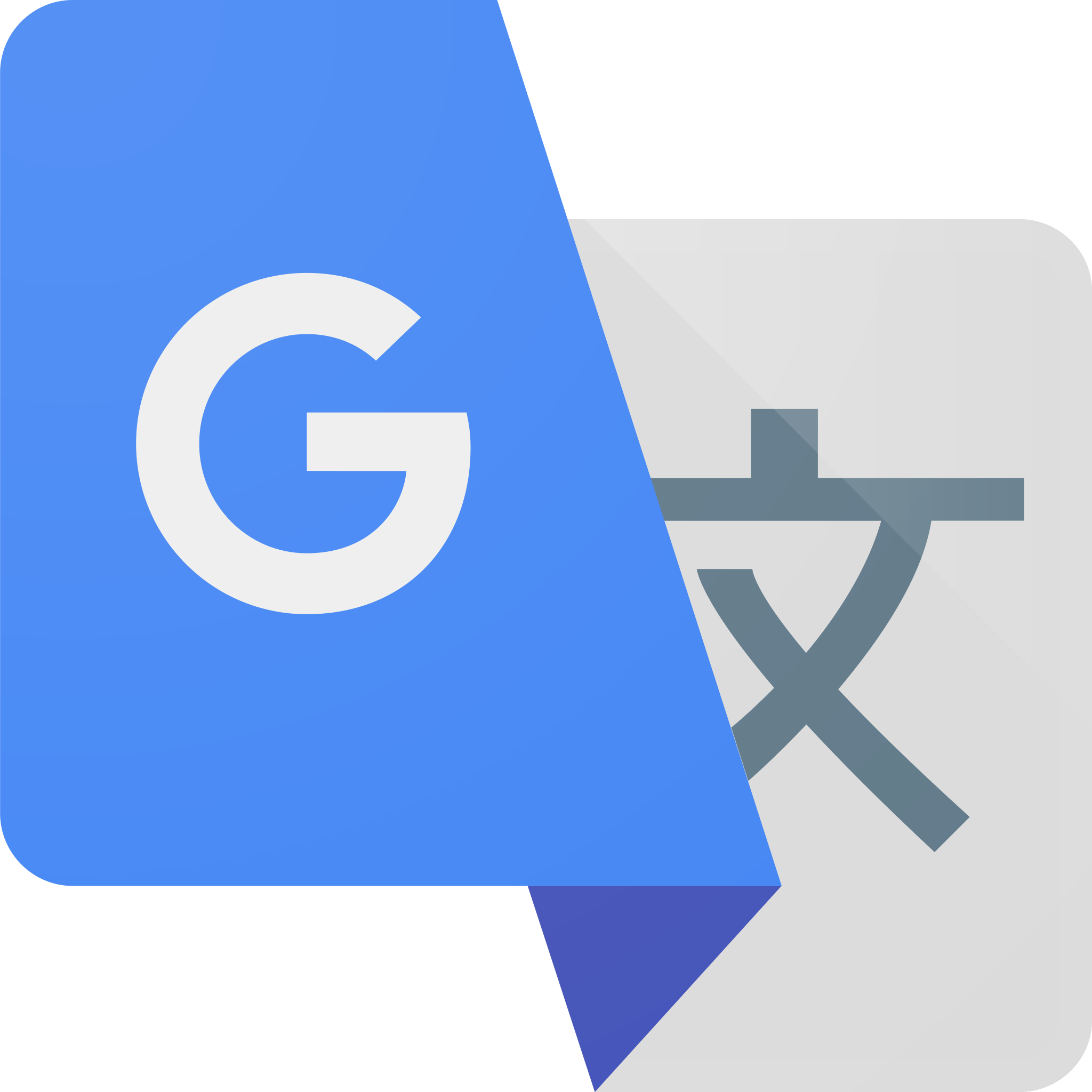
Google Cloud Translation API: Complete Buyer's Guide
Scalable multilingual document processing capabilities
Google Cloud Translation API is Google's neural machine translation service designed for organizations requiring scalable multilingual document processing capabilities. Built on Google's robust cloud infrastructure, the platform supports over 100 languages and offers AutoML Translation features for customization, positioning itself as a flexible solution for legal firms seeking to reduce translation costs while accelerating multilingual workflow processing.
Market Position & Maturity
Market Standing
Google Cloud Translation API occupies a strong market position within the broader AI translation landscape, backed by Google's substantial financial resources and established cloud infrastructure leadership.
Company Maturity
Company maturity is exceptionally strong, with Google's established enterprise presence providing reasonable assurance of long-term viability and continuous API support.
Growth Trajectory
Growth trajectory aligns with Google's broader cloud services expansion, though specific customer growth metrics for the translation API require verification from current sources.
Industry Recognition
Industry recognition stems primarily from Google's broader cloud platform leadership rather than specific legal translation market awards.
Strategic Partnerships
Strategic partnerships within Google's ecosystem provide significant integration advantages, particularly for organizations already utilizing Google Workspace, Google Drive, or other Google enterprise services.
Longevity Assessment
The platform leverages Google's decades of search and language processing expertise, combined with substantial ongoing R&D investments in AI and machine learning technologies. This foundation provides buyer confidence in platform continuity and feature development.
Proof of Capabilities
Customer Evidence
Customer implementation evidence demonstrates successful deployments among organizations requiring high-volume multilingual document processing, though specific customer names and detailed case studies require verification from current documentation.
Quantified Outcomes
Quantified performance outcomes include customer reports of value realization within weeks of implementation, with full integration and optimization extending up to three months depending on system complexity and document volumes.
Case Study Analysis
Implementation success patterns show most consistent results when firms implement phased approaches, beginning with less critical documents to refine workflows before scaling operations.
Market Validation
Market validation comes primarily from Google's established enterprise customer base and cloud platform adoption rather than specific legal translation market metrics.
Competitive Wins
Competitive positioning evidence suggests the platform competes effectively on integration convenience and flexible pricing rather than superior translation accuracy compared to specialized legal solutions.
Reference Customers
Reference customer indicators include organizations already integrated with Google's ecosystem who leverage the platform's seamless workflow integration capabilities.
AI Technology
Google Cloud Translation API employs neural machine translation technology as its core AI foundation, representing industry-standard capability rather than unique technological differentiation.
Architecture
Architecture and deployment center on Google's global cloud infrastructure, providing scalable processing capabilities that support consistent performance across varying workload demands. The platform operates through RESTful API architecture, enabling seamless integration with existing document management systems and workflow automation tools.
Primary Competitors
Primary competitive alternatives include specialized legal translation solutions like Relativity Translate with native e-discovery integration, SYSTRAN with neural machine translation and Relativity connector capabilities, DeepL with glossary features for consistent legal terminology, and TransPerfect's GlobalLink platform for comprehensive multilingual content management.
Competitive Advantages
Competitive advantages center on ecosystem integration capabilities, particularly for organizations already utilizing Google Docs, Drive, and other Google services. The platform's scalability through Google's global infrastructure provides consistent performance advantages, while the pay-as-you-go pricing offers flexibility compared to enterprise licensing models required by competitors like TransPerfect's GlobalLink.
Market Positioning
Market differentiation positions Google Cloud Translation API in a middle market segment, balancing accessibility with enterprise capabilities.
Win/Loss Scenarios
Win/loss scenarios favor Google Cloud Translation API when ecosystem integration provides significant workflow advantages and when translation volumes justify pay-per-use economics.
Key Features

Pros & Cons
Use Cases
Integrations
Featured In Articles
Comprehensive analysis of AI Legal Translation Services for Legal/Law Firm AI Tools for Legal/Law Firm AI Tools professionals. Expert evaluation of features, pricing, and implementation.
How We Researched This Guide
About This Guide: This comprehensive analysis is based on extensive competitive intelligence and real-world implementation data from leading AI vendors. StayModern updates this guide quarterly to reflect market developments and vendor performance changes.
39+ verified sources per analysis including official documentation, customer reviews, analyst reports, and industry publications.
- • Vendor documentation & whitepapers
- • Customer testimonials & case studies
- • Third-party analyst assessments
- • Industry benchmarking reports
Standardized assessment framework across 8 key dimensions for objective comparison.
- • Technology capabilities & architecture
- • Market position & customer evidence
- • Implementation experience & support
- • Pricing value & competitive position
Research is refreshed every 90 days to capture market changes and new vendor capabilities.
- • New product releases & features
- • Market positioning changes
- • Customer feedback integration
- • Competitive landscape shifts
Every claim is source-linked with direct citations to original materials for verification.
- • Clickable citation links
- • Original source attribution
- • Date stamps for currency
- • Quality score validation
Analysis follows systematic research protocols with consistent evaluation frameworks.
- • Standardized assessment criteria
- • Multi-source verification process
- • Consistent evaluation methodology
- • Quality assurance protocols
Buyer-focused analysis with transparent methodology and factual accuracy commitment.
- • Objective comparative analysis
- • Transparent research methodology
- • Factual accuracy commitment
- • Continuous quality improvement
Quality Commitment: If you find any inaccuracies in our analysis on this page, please contact us at research@staymodern.ai. We're committed to maintaining the highest standards of research integrity and will investigate and correct any issues promptly.